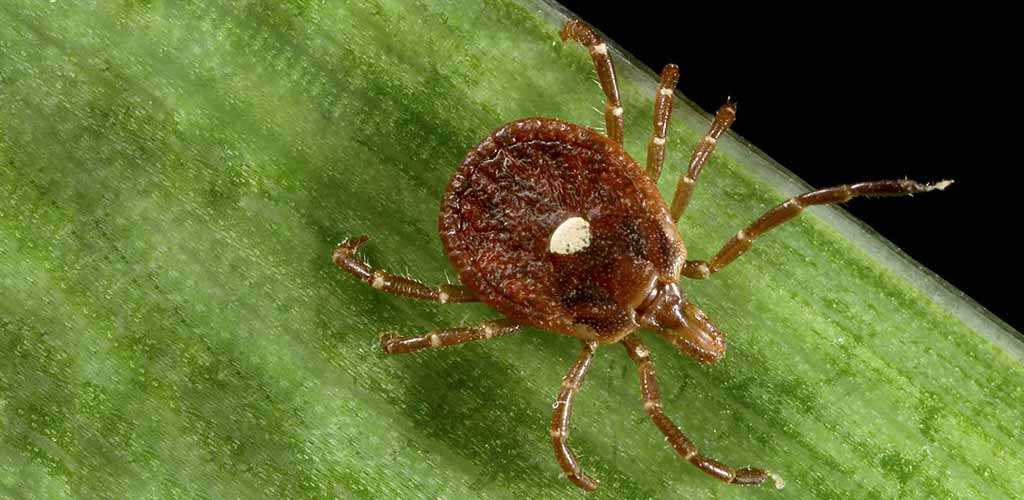What is Tick Paralysis
Most tick borne diseases are the result of an living organism. Lyme disease is caused by bacteria of the Borrelia, and Rocky Mountain Spotted Fever is caused by Rickettsia rickettsii bacteria. With both Lyme and Rocky Mountain Spotted Fever the infectious organism continues to spread in the host even after the tick is removed. Tick Paralysis however is a different kind of tick borne illness.
Tick Paralysis Description
Tick paralysis is attributed to a toxin released by the tick after its attached to the host. Tick Paralysis usually occurs after the tick is attached to the host for at least 48 hours. At that point a neurotoxin is transmitted from the ticks saliva to the host. Once the toxin is released the host will experience weakness in their limbs which moves into the trunk and head. If not treated tick paralysis can lead to respiratory failure and death. Once the offending tick is located and removed symptoms generally subside. Tick paralysis is a chemically induced illness. Cases of tick paralysis have been reported in Australia, North America, Europe, and South Africa. These cases are associated with over 60 species of ticks.
Recent Cases of Tick Paralysis
In May a once healthy 5 year old girl in Mississippi woke up unable to walk and bearly able to speak. Once the girls mother removed a tick from her head she recovered within 24 hours. Earlier in the year a 2 year old Tennessee girl also awoke unable to walk. After taking the child to the doctor an American Dog tick was found in her hair. After removing the tick the child was again able to walk.
Tick Paralysis Prevention
The best way to prevent Tick Paralysis is to reduce your exposure to ticks. To do this its essential to use a Tick Management strategy. Please review the Tick Management Action Plan and our feature article on natural tick repellents for your family, lawn and dog.
Now check out How to Get Rid of Ticks. or What naturally repels Mice
